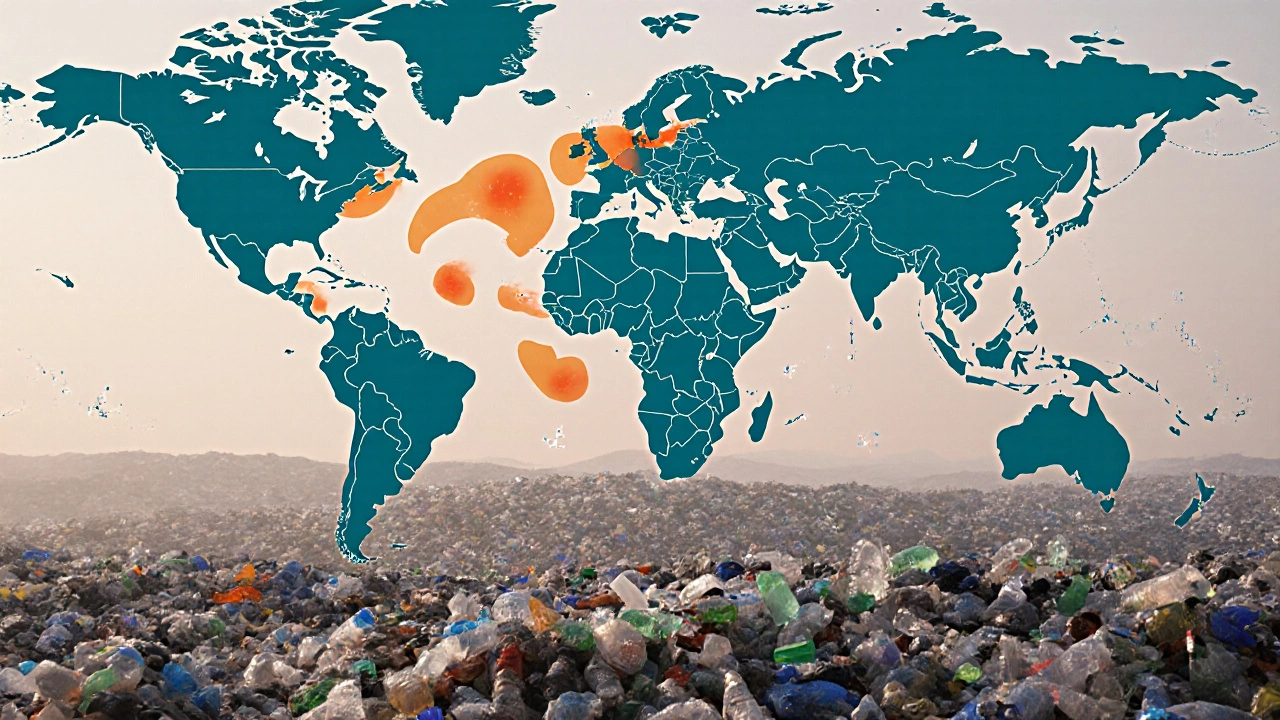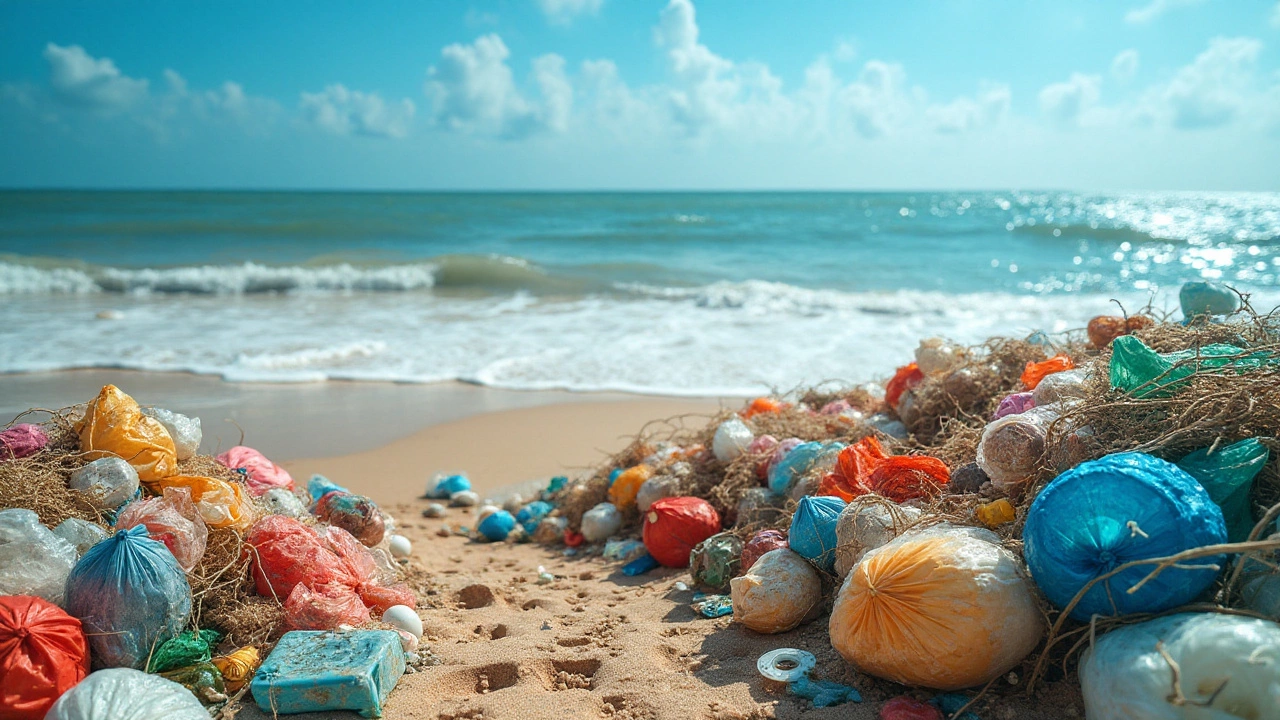
Top Plastic Waste Countries: Who Leads the Waste Crisis?
Discover which nation tops the plastic waste chart, why it happens, and what policies and personal actions can help cut the global plastic crisis.
When talking about plastic waste, any discarded plastic material that ends up in landfills, oceans, or the environment. Also known as plastic litter, it represents a massive durability challenge for modern societies. Plastic recycling, the process of collecting, cleaning and re‑processing plastic debris into new products is one of the most direct ways to curb the waste stream. At the same time, the circular economy, a system where resources are kept in use for as long as possible through reuse, repair and recycling provides the framework that ties recycling to product design, supply chains and consumer behavior. Together, these concepts form the backbone of sustainable manufacturing, production methods that minimize waste, energy use and environmental impact. Understanding how these entities intersect helps businesses and policymakers move from reactive waste disposal to proactive resource stewardship.
Plastic waste challenges the circular economy because it often ends up as low‑value material that is hard to re‑integrate into high‑quality products. The reality is that many single‑use items lack designs for easy disassembly, which stalls recycling efforts. A strong link exists: the circular economy requires robust plastic recycling infrastructure, and that infrastructure depends on clear labeling, collection systems and market demand for recycled feedstock. When manufacturers adopt sustainable manufacturing principles—like using recycled resin, designing for disassembly, and reducing unnecessary packaging—the amount of waste generated drops dramatically. This creates a feedback loop: less waste means fewer collection hurdles, which improves recycling rates, further reinforcing the circular economy. Meanwhile, the environmental impact of plastic waste—ranging from marine pollution to greenhouse gas emissions during incineration—drives regulatory pressure and consumer demand for greener products. Companies that ignore these signals risk higher compliance costs and brand erosion, while early adopters can capture market share by offering eco‑friendly alternatives.
In practice, the battle against plastic waste is fought on several fronts. First, innovators develop new polymer blends that retain performance while being easier to recycle, directly supporting sustainable manufacturing goals. Second, policy makers introduce extended producer responsibility (EPR) schemes that hold brands accountable for end‑of‑life management, nudging them toward design choices that cut waste. Third, consumers increasingly look for products with recycled content, creating a market pull that validates the circular economy model. All these moves illustrate the semantic triple: plastic waste challenges circular economy; circular economy requires plastic recycling; sustainable manufacturing reduces plastic waste. Below you’ll find articles that dive into product ideas, industry rankings, and specific case studies, giving you a practical roadmap to navigate the complex world of plastic waste and its solutions.

Discover which nation tops the plastic waste chart, why it happens, and what policies and personal actions can help cut the global plastic crisis.

Plastic pollution is a growing concern for our oceans. This article delves into the types of plastics that most affect marine ecosystems, revealing the environmental impact of these materials. Understanding which plastics are the biggest culprits can help in crafting better policies and practices to curb this pollution. The role of plastic manufacturers is also examined, offering insights into how industries can mitigate their contributions to oceanic waste. Gain practical tips on reducing your own plastic footprint and supporting environmental sustainability.